Pets have a knack for getting into all sorts of predicaments, especially when food is involved. Their boundless curiosity and sometimes questionable taste preferences lead them to chomp on things that confuse and amuse us. For those of us who have witnessed our furry friends’ gastronomic adventures, it’s clear that seemingly ordinary objects are often viewed as potential snacks but, in reality, are potential risks.
1. Rocks: Crunchy Gourmet Snacks
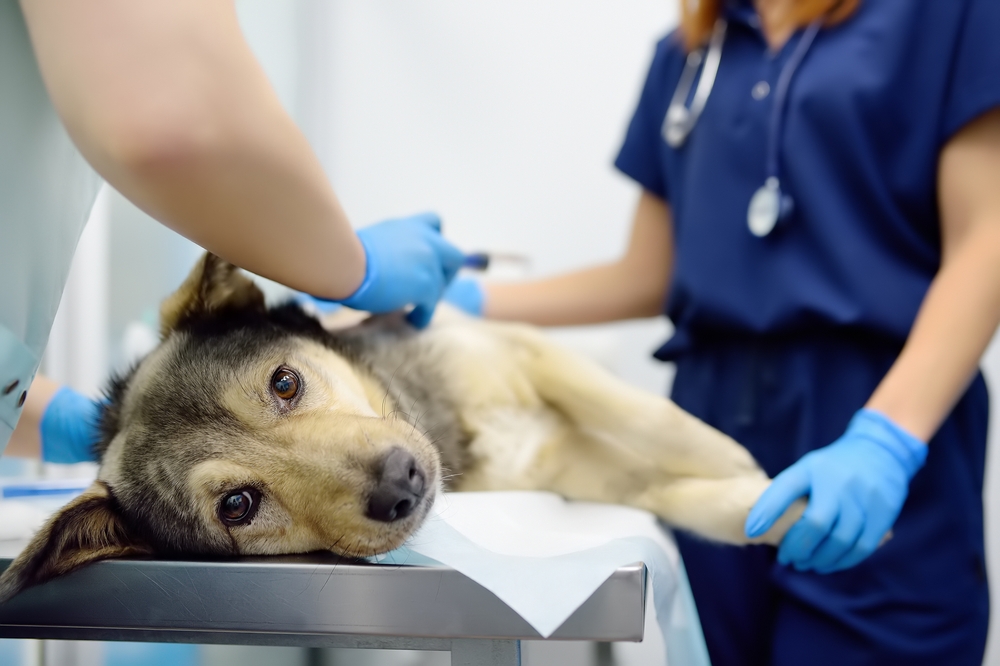
You’ve seen dogs gnawing on bones, but have you ever caught one munching on rocks? Yes, some pets genuinely believe that rocks are a delicacy. It’s mind-boggling to watch a dog or even a curious cat attempt to nibble on a hard, inedible stone with such enthusiasm. According to Vet Explains Pets, some dogs develop a habit of chewing or eating rocks, a behavior known as pica. This can lead to dental damage, gastrointestinal blockages, or choking hazards. Monitoring pets during outdoor activities and providing appropriate chew toys is crucial to deter this behavior.
While it might seem harmless, a pet’s fascination with rocks can lead to serious health issues. Consuming something so indigestible can cause blockages or even damage to their teeth. Keeping an eye on your pet during outdoor adventures or playtime is crucial to deter this bizarre behavior. Offering plenty of chew toys can sometimes redirect their attention away from such odd choices.
2. Socks: The Ultimate Comfort Food?

People tend to lose socks in the laundry, but some pets take it further by trying to eat them. For some inexplicable reason, socks seem to hold a special allure, particularly for dogs. Maybe the smell of their beloved owner drives them to this strange snack choice. ABC Australia points out that dogs, especially certain breeds like Labradors and Dachshunds, may ingest items like socks due to their strong sense of smell and curiosity. This can cause intestinal blockages requiring surgical intervention.
Swallowing socks can lead to severe digestive issues, including blockages requiring surgery. Even if your pet manages to pass it, the journey is uncomfortable for both the pet and the owner. Keeping laundry out of reach and providing suitable alternatives to chew on can prevent these incidents. Remember, pets don’t understand the implications of their quirky behaviors. It’s up to us to guide them to safer, more appropriate choices for their chewing pleasure.
3. Toilet Paper: A Not-So-Royal Treat
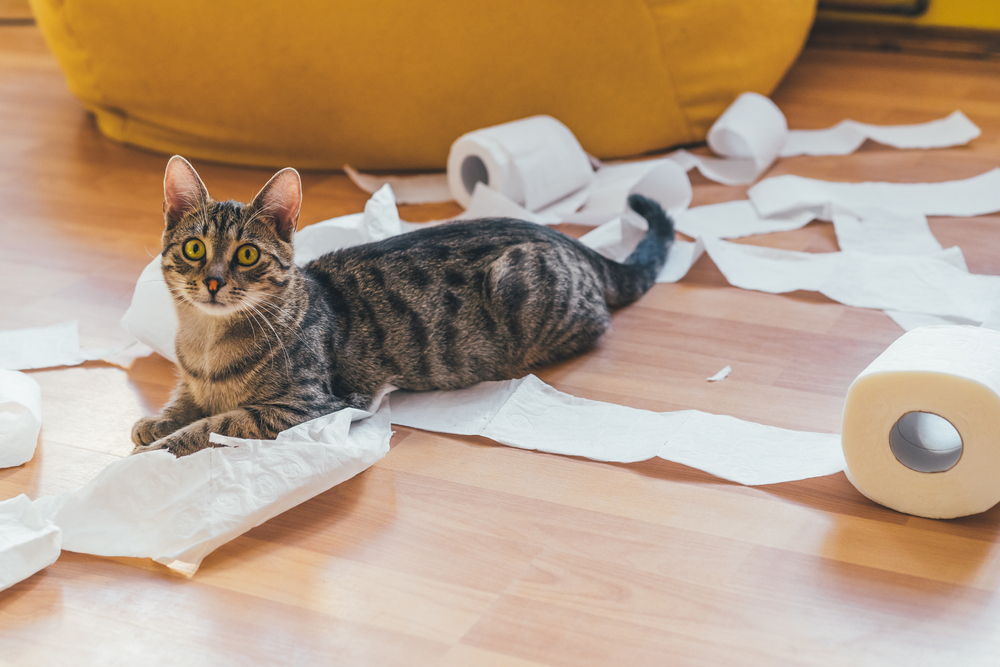
Toilet paper might seem mundane to us, but to some pets, it’s an exciting snack. Cats, in particular, have a penchant for batting at the rolls and shredding them into a snowy mess. However, some go even further, treating the paper as a light snack. It’s amusing to witness a kitten with bits of toilet paper stuck to its whiskers, but ingesting it can pose risks. The delicate fibers can cause digestive upset or blockages if consumed in large quantities.
Preventing this quirky habit involves securing bathroom doors and investing in pet-proof toilet paper holders. For pets who love the texture, offering toys made from similar materials can provide a safer outlet for their fascination. Engaging your pet with interactive play can help divert their attention from the bathroom. It’s all about channeling their curiosity and energy into activities that won’t land them in the vet’s office
4. Plastic Bags: Crinkly Temptations
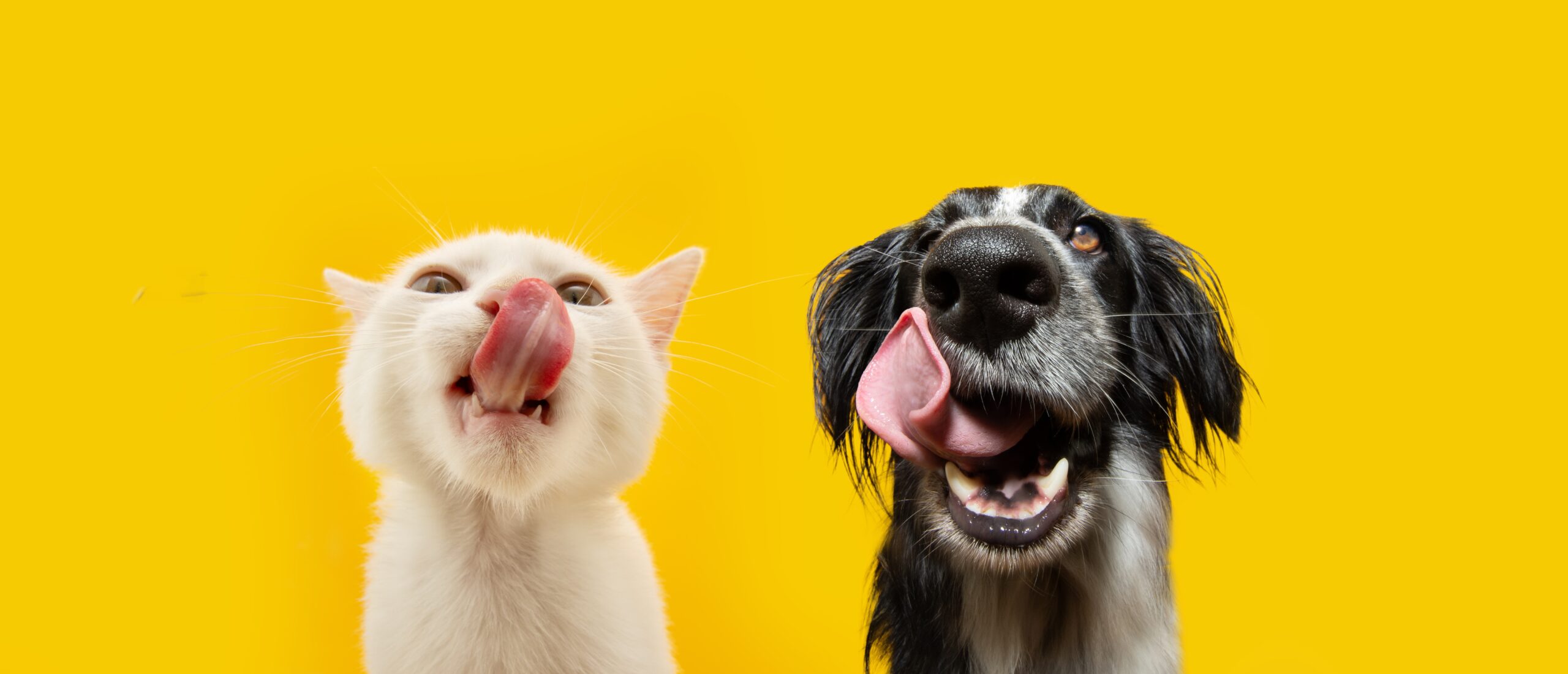
Many pets are attracted to the crinkly, shiny allure of plastic bags. Dogs tend to view them as toys, while cats sometimes mistake them for interesting prey. Watching a cat try to burrow its way into a plastic bag is a sight that never gets old, though it can quickly turn dangerous. The risk of suffocation or ingestion of plastic pieces makes this habit particularly hazardous. Despite their apparent fascination, it’s essential to steer our furry companions away from these alluring household items.
The sound and texture of these bags can be irresistible, but safety must come first. Storing plastic bags out of reach and opting for safer, pet-friendly alternatives is key. Some pets respond well to toys that mimic the sound or feel of plastic, providing a similar thrill without the risks. E
5. Buttons: Tiny Treasures With Big Risks
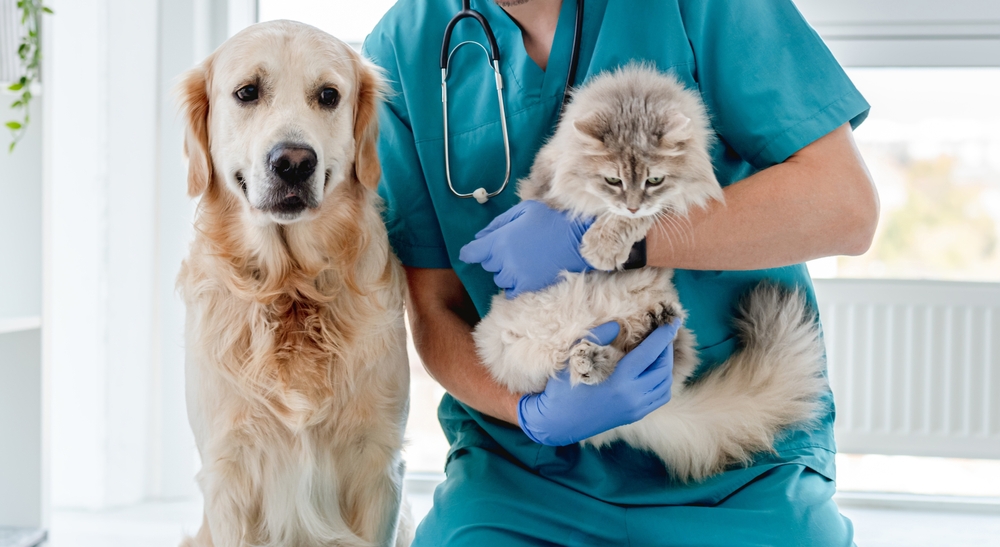
When it comes to odd snack choices, buttons rank high on the list. The small, shiny objects seem to capture the attention of curious pets, especially cats. It might be the glinting in the light or the way they roll that makes them seem enticing. Unfortunately, ingesting buttons can lead to obstruction or choking, turning a playful moment into a medical emergency. Vets Now says that small objects like buttons can attract pets, particularly cats, due to their size and shininess. Concerningly, ingestion of these tiny objects can lead to choking or gastrointestinal obstructions.
Keeping buttons and other small objects out of reach is essential to prevent mishaps. Inspect toys, clothes, and household items for loose buttons or similar hazards. Providing pets with safe alternatives to chase or chew is an effective way to deter their interest in such risky items. Remember, prevention goes a long way in keeping your pet safe and healthy.
6. Remote Controls: Netflix But Not Chill
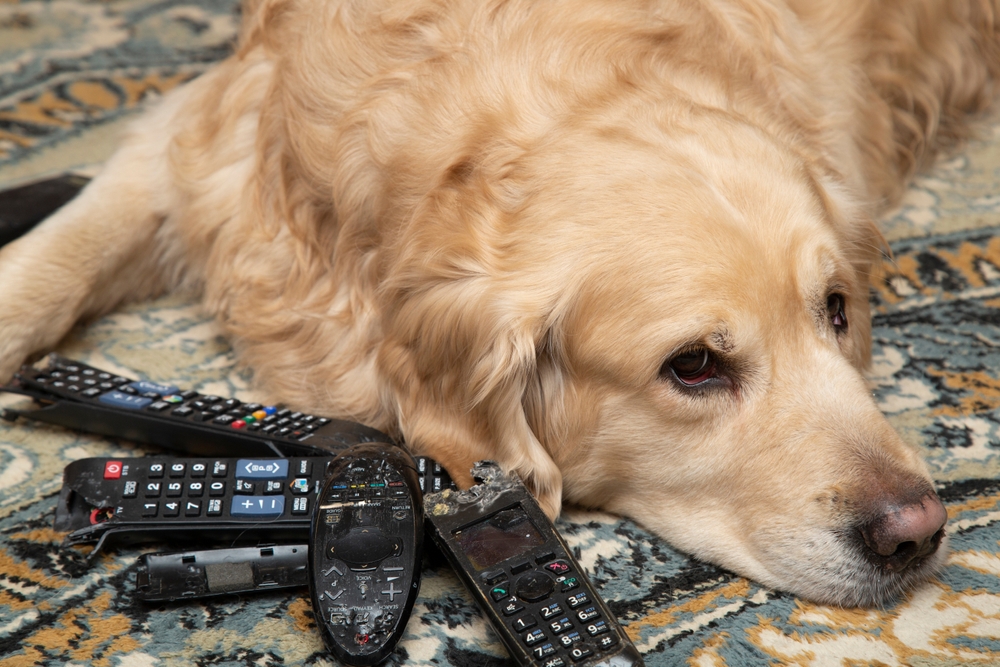
For reasons only pets seem to understand, remote controls are a prime target for chewing. Perhaps it’s the texture of the buttons or the fact that they’re always within reach, but dogs, cats, and even birds have been caught red-handed gnawing on remotes. The aftermath is usually a mangled device with missing buttons and a confused pet. Some pets go as far as swallowing the batteries, a serious hazard that can lead to emergency surgery. It’s a dangerous habit that owners need to curb quickly, but its sheer absurdity never gets old.
What makes this behavior even more ridiculous is the determination pets display. They’ll climb furniture, dig through cushions, or knock over tables to get their paws on that sweet remote. Owners have reported coming home to find their living room turned upside down, only to discover their pet happily chewing the TV remote. Why they’re so attracted to electronics is a mystery, but it’s definitely a universal pet-owner struggle.
7. Wedding Rings: “I Don’t”
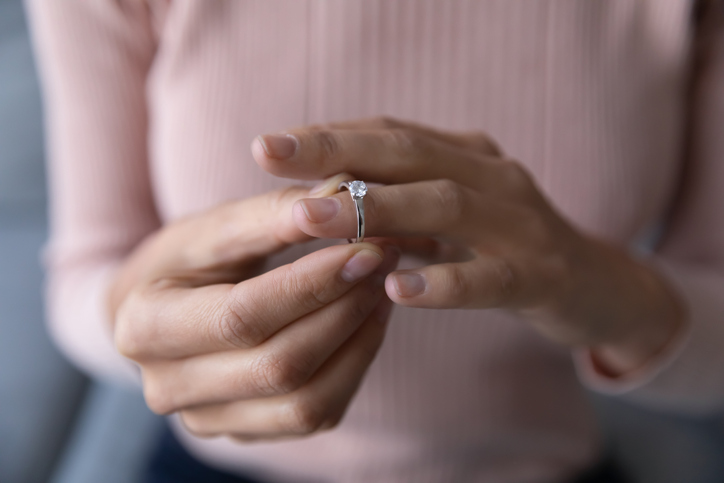
When it comes to eating sentimental objects, pets take the cake—or, in this case, the ring. Many pet owners have faced the horror of realizing their furry friend has swallowed their wedding or engagement ring. Dogs, in particular, seem to have a knack for sneaking off with shiny objects and treating them like a snack. Sometimes, it’s accidental, like when the ring is left on a nightstand, but other times, it feels like pets are just out to test their owners’ patience. The result is a frantic trip to the vet and a costly retrieval process.
What’s wild is how casually some pets swallow such valuable items. Owners have found rings in their pet’s stomach after playing fetch, wrestling, or even during mealtime. The irony of spending thousands of dollars to retrieve a ring that costs even more isn’t lost on anyone. Despite the stress, these stories often end with relieved laughter and a newfound vigilance around valuables. Pro tip: Keep your rings far from curious noses and paws unless you want to risk a wild treasure hunt.
8. Entire Loaves Of Bread: Carb Attack
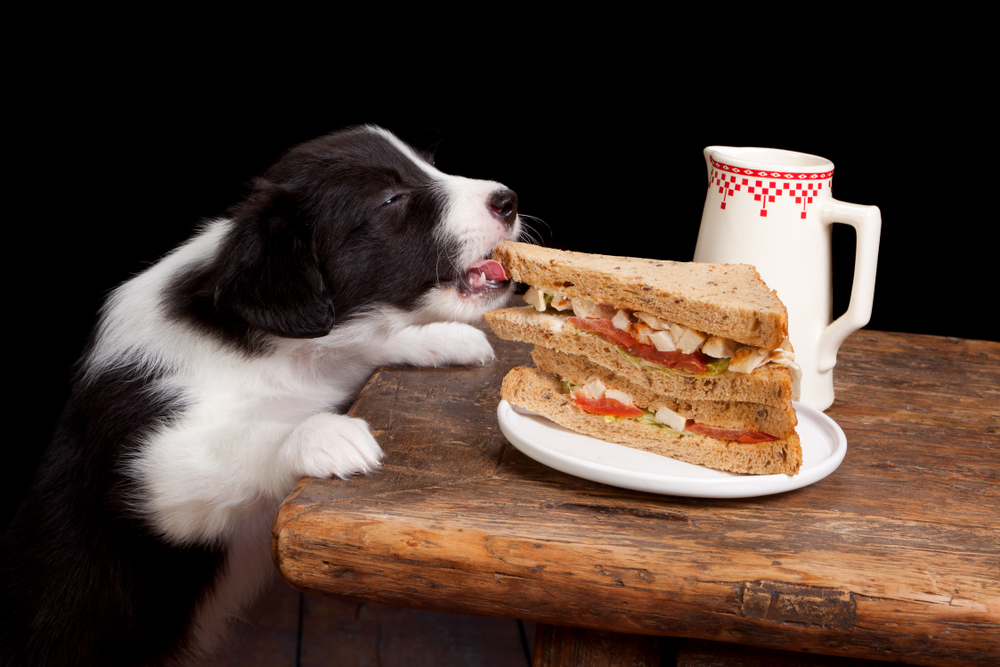
Bread is a universal favorite, but pets take their love for carbs to another level when they devour entire loaves in one go. Many owners have walked into their kitchen only to find a guilty-looking dog surrounded by breadcrumbs and an empty bread bag. Cats, too, have been caught red-pawed sneaking bites from a loaf left out on the counter. It’s almost impressive how pets unwrap, eat, and sometimes even hide the evidence before getting caught.
Some pets wait until their owners are asleep or distracted before launching their bread heist. Others brazenly go for it in broad daylight, leaving owners to wonder if their pet has zero shame. While bread isn’t typically harmful in small amounts, an entire loaf can lead to upset stomachs or worse, especially if it contains ingredients like raisins or garlic.
9. Sponges: Culinary Absurdity
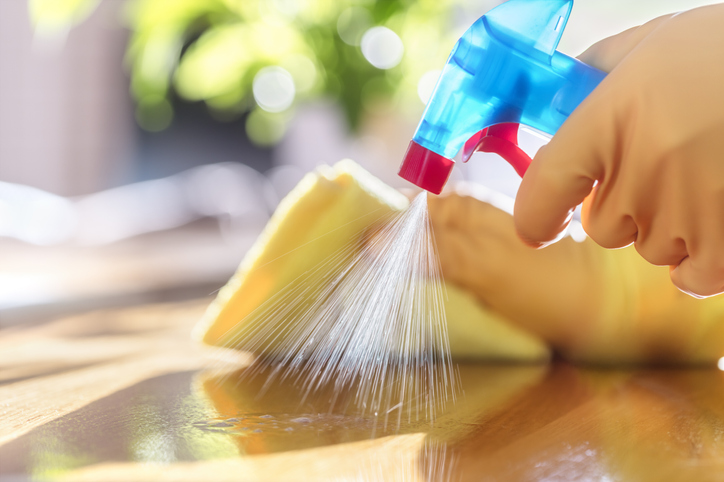
Sponges might not seem appetizing to us, but to some pets, they’re a culinary masterpiece. Dogs, in particular, enjoy chewing on these squishy, porous objects, often swallowing them whole. Cats, too, can’t resist batting them around like toys before taking a nibble. The aftermath is usually a destroyed sponge and, in some cases, a panicked owner rushing to the vet.
Pets will jump onto kitchen counters, open cabinets, or raid the sink to satisfy their sponge cravings. Owners have even reported their pets fishing sponges out of dishwater—a bold move for any animal. While it’s mostly harmless, swallowing a sponge can lead to serious health issues if it causes a blockage. It’s a strange habit that requires constant vigilance, especially if you’re prone to leaving sponges out in the open.
10. Toothpaste Tubes: Smile Bright
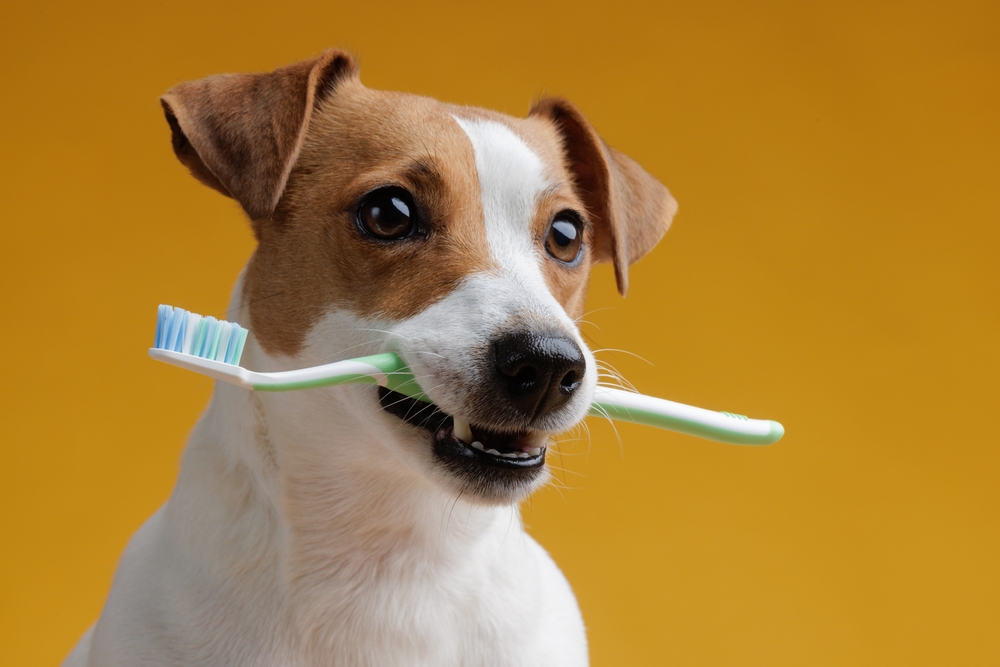
Toothpaste tubes are another bizarre favorite among pets, particularly dogs. They seem to love the texture of the tube and the minty smell of the paste inside. Cats, on the other hand, are more likely to paw at the tube or puncture it with their teeth, often out of sheer curiosity. While it might seem harmless, ingesting toothpaste can be dangerous due to the fluoride and other chemicals it contains. Owners come home to find a mangled tube, a guilty-looking pet, and toothpaste smeared all over the floor.
What’s especially ridiculous is how pets manage to get toothpaste tubes in the first place. They’ll climb bathroom counters, raid bags, or even open drawers to satisfy their strange craving. When you realize what’s happened, the damage is already done, and your pet is either nauseous or perfectly content with their minty conquest. Despite the mess and the potential health risks, it’s hard not to laugh at their sheer determination. If your pet has a thing for toothpaste, you might want to rethink where you store your bathroom essentials.
